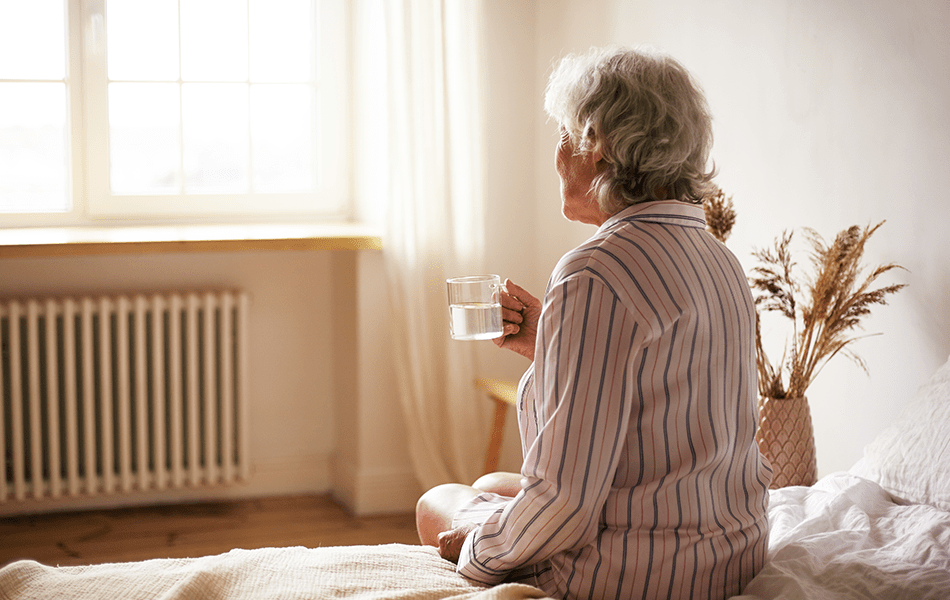According to the 2020 Census of Population and Housing released by the Philippine Statistics Authority last August 2022, people that are 60 years of age and over made up 8.5 percent of the household population in the country. These people are classified as senior citizens. The aging population in the Philippines is rising which is why it is important to give them more attention than ever starting from the places where they would reside. In this article, we will talk about the proper home design elements that would ensure that our aging population is living their sunset days in a safe and comfortable home.
The Best Elderly House Design
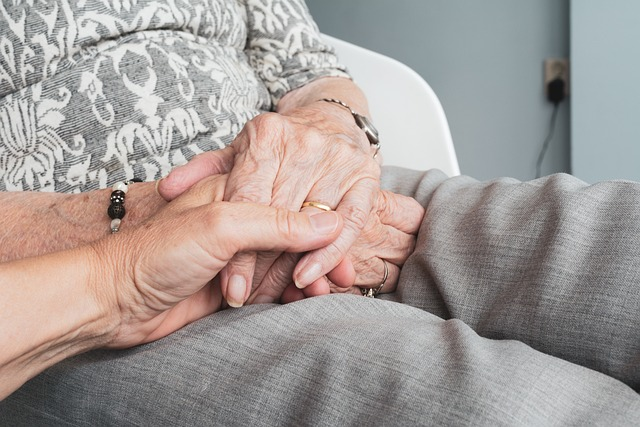
If we’re talking about finding the best house design for the older generation, there are tons of considerations that people should know. Older people tend to have a more sensitive perception of a wide variety of everyday things and routines. This is caused by the biological changes that are part of the aging process that humans go through.
In a home designed to be safe and more comfortable for the elders, we will look at simple elements that one could improve or enhance in a typical Filipino family home. These changes might seem simple but they actually have a huge impact on the way older people live their daily lives.
In this list, we are enumerating some tips to make your home elderly-friendly.
Improving accessibility in your home for the elderly in 6 steps
The most important thing to consider when designing a home for the elderly is accessibility. Due to the advancements in technology and studies made by professionals, the people responsible for designing livable structures can incorporate accessibility elements into their designs.
Architects are the people responsible for designing homes and other buildings, most of the time they design homes to make them more accessible to seniors as well as people with disabilities. This is also a reminder, that to get the most out of your house and lot property in terms of accessibility, always seek the help of professionals such as architects to ensure that these accessibility elements are met and in accordance with local accessibility laws.
Ensuring that you create a home for the elderly and perhaps their family as well as accessible will greatly ease off their day-to-day living. Here are some elements to look for or install in a home to make it more accessible.
1. Have an open floor plan
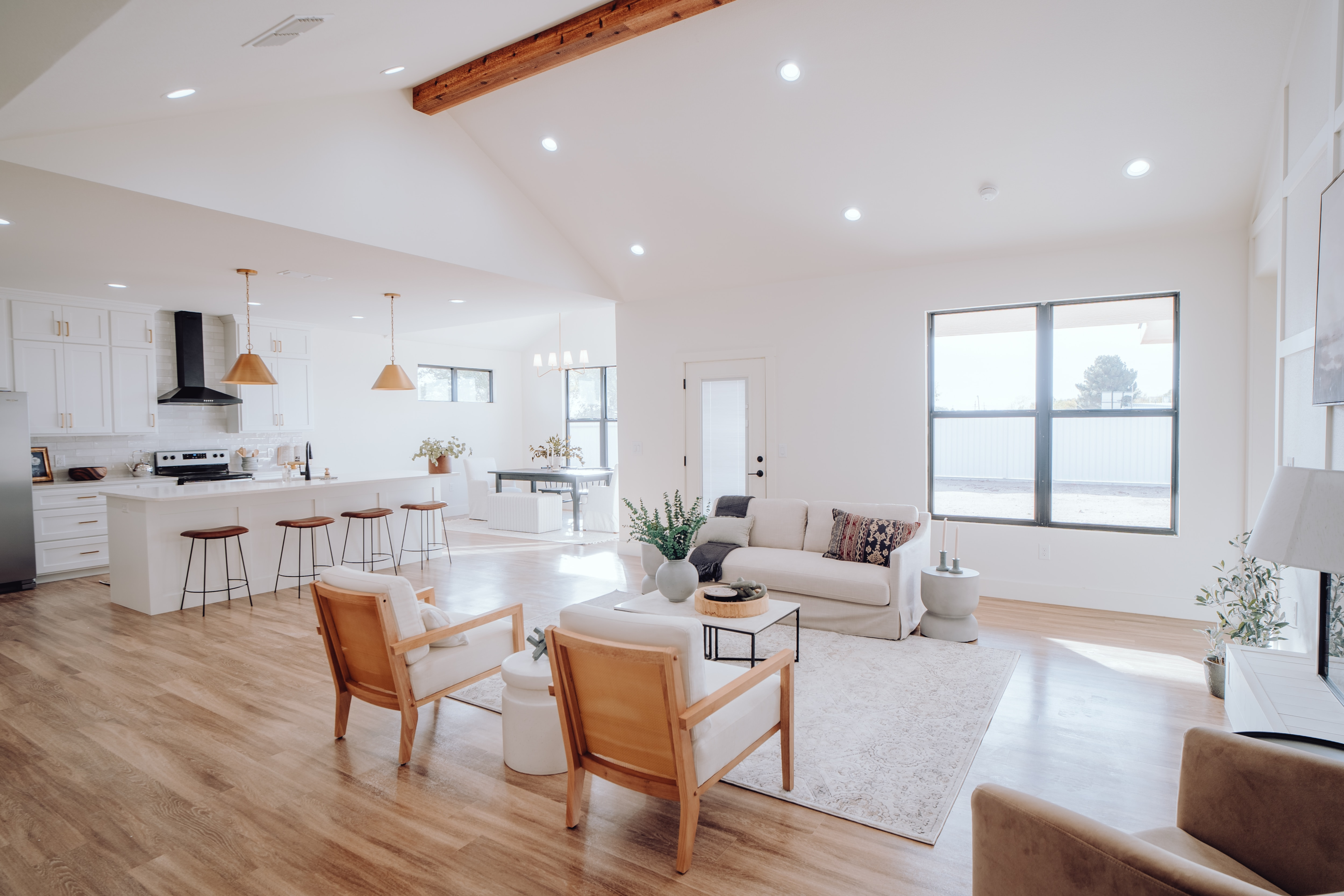
An open floor plan is a great idea to improve the circulation in a home. The older generation does not have the capacity to move around an area with more flexibility and awareness like a young person would. An open floor layout diminishes obstacles and sharp turns in a house, thus, creating a more open space.
Besides being easier and more functional for the elderly to traverse between spaces, an open layout also has a lot more advantages.
- it makes the circulation flow seamless and easier
- it provides a general overview of the entire floor, thus making it easier to find things
- it promotes the use of shared light, especially in homes where there is a limited number of openings that sunlight can pass through
- it helps create a sense of a bigger and uncongested space
- it helps the caretakers to look after the elder person while doing other tasks such as cooking in the kitchen
- it guarantees free movement in most areas and hallways
2. Designing safer bathrooms

It is good to know that bathrooms specifically designed for the older generation and the handicapped are becoming more common, but they are commonly situated in public establishments such as malls and hospitals. In a household, the local baths and comfort rooms at home are almost always typically designed but you can install some devices that can transform it into an elderly-friendly bathroom.
This is where the term “universal design” would come in. It is a concept that means that something is designed to be used by anyone whether it is by able people, handicapped, or seniors. Universal design is already introduced to public places but slowly into homes.
To incorporate universal design into your home bathroom, you can follow these steps:
- Retrofit the fixtures such as the toilet and lavatories to modify their dimension so that the seniors can use them without hassle. Due to age, their posture might not be sturdy enough to reach the common dimensions of the fixtures.
- Install a grab bar near the toilet and the shower. grab bars will help senior citizens have more support when using the restroom.
- Grab bars should be installed at least 80 centimeters above the finish flooring design but not exceeding 90 centimeters. Installed grab bars must be sturdy enough to give support.
- If you can, give more room to the restroom through renovation. Almost all homeowners have plans for remodeling their homes but always keep in mind to keep accessibility to your list of priorities.
- Make the threshold in entering the shower to decrease the obstacle of entering and exiting as well as reduce the chances of someone tripping.
- If you have a shower enclosure, make sure that the entrance is wide enough to accommodate proper wheelchair access, the shower must also have a turning radius wide enough for freedom of movement.
- Install a shower fixture that can be detached from the wall. This would give more ease of access when using the shower.
- Add additional lighting to the comfort room to keep the area well-lit and bright.
- Install the lavatory and the tub with a height suitable for wheelchair access.
3. Designing safer bedrooms
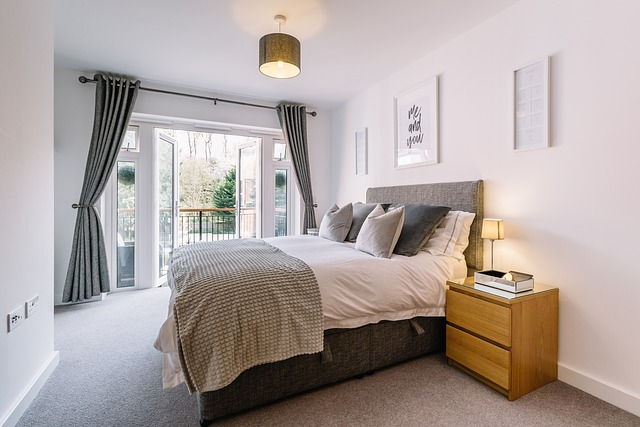
Usually, people of age tend to get tired more easily than the younger generations. This fact means that they would want to get more rest most of the day, thus making thebedroom the place where they would potentially spend most of their time in.
Because our grandparents would be spending most of their time in the bedroom, it is important that this area would be given improvements to better fit their lifestyle and routine. Just like baby-proofing your bedroom, making it suitable for the older members of the family might require some devices and big changes to the room.
Having them confined in walls does not make them secure enough, remember, the older generation needs assistance more than ever, but there will always be moments when no one could be around and they’d have to make movements without aid from anybody. These changes will be their guide and protection when a caretaker is not around.
- Invest in a new bed with a height that is not too low and not too high but enough for the person to reach the bed without lifting a lot of body weight or crouching too low. Having a bed with a comfortable height makes it easier for them to get in and out of bed easily, even without the help of another person. The right height for their bed is roughly the same height as their knees.
- The number one risk for the elders is falling from their bed or a chair when trying to sit or get up. Falling on ceramic tiles hurts and could cause serious internal injuries even for a young person. Putting a soft carpet or a rug would help soften the floors in case someone would lose control and falls. Anti-skid flooring can also reduce the risk of them slipping.
- With the risk of falling, the floors are not the only thing that needs improving, the corners of furniture such as beds and tables might have a pointed edge that could be the cause of serious injuries. Make sure to have furniture with rounder edges. The market offers products that are designed to soften the sharp edges of existing furniture.
4. Safer walkways
It is ideal to design pathways to make your home safer for the older members of the family. The best way to do this is by eliminating all obstructions that people can bump into and make them fall over. Putting furniture at the perimeter wall of the spaces would result in a bigger and safer walking area.
In the living room, study the shortest distance one must take to walk from, let’s say, the couch to the bathroom, or the main door to the stairway. By doing so, you can observe how to maximize the space on that pathway.
Read Also: How to be an Eco-friendly Homeowner
5. Install wider doorways
The older generation needs assistance, and that is a fact that most of them wouldn’t admit because they’ve been used to being independent their whole lives. Letting them do things on their own is not something we should shy away from. By doing these things, as homeowners, you are enabling them to live without aid all the time but still giving them the protection that they need.
Installing wider doorways and lighter doors would give them the ease of moving from one area to another inside your home. Most of the world’ aging population would be required to use a wheelchair, a walker, or other assisting devices that might be too wide to fit in regular door dimensions.
In the Philippines, according to the Accessibility Law, the minimum doorway width is 0.80 meters. This means that your doorways should not go lower than the desired dimension. In other cases, if the spaces aren’t zoned as private such as the living room to the dining hall, eliminate the use of doors and just provide an open pathway for easier circulation.
6. Adequate stair design
The staircase is one of the most dangerous places in a home for an elder person. Making sure that the stairs are safe enough for the seniors in your home should be one of your priorities as a homeowner that is looking into designing a safer home. Luckily, making the stairs safer is not a hard thing to accomplish. Here are some steps you can do to modify your stairs.
- Upgrade your handrails to make them easier to grasp
- Remove the bottom step illusion that can make people trip and fall
- Modify the height of each step and landing
- Modify the width of the tread
- Add assistive lighting if the stairwell is dim even during the day
- Install a stair lift if necessary
Improving the passage of natural light and lighting in general
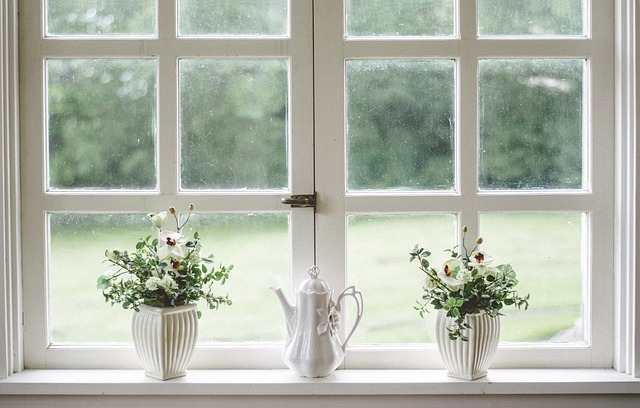
As people grow older, it is best that they are exposed to enough natural light as possible. Organic natural light gives a lot of advantages and health benefits, especially to people with weakened immune systems. This can be done by modifying your windows and other openings.
The type of windows that you have in your home and their orientation can greatly affect the amount of sunlight that permeates your home. Openings are suggested to be best placed in places near the north or east. By doing so, you are allowing your home to be greeted by the morning sun and protected from the harsh sunlight during high noon and afternoon.
Instead of casement types, consider having double sliding glass doors or awning panels. This would allow sunlight and natural ventilation to enter your home.
In artificial lighting, make sure to install LED bulbs that are bright enough to illuminate a room. Avoid using incandescent bulbs as they are harsher to the eyes and might look dimmer.
Improving the Quality of Life in tiny houses
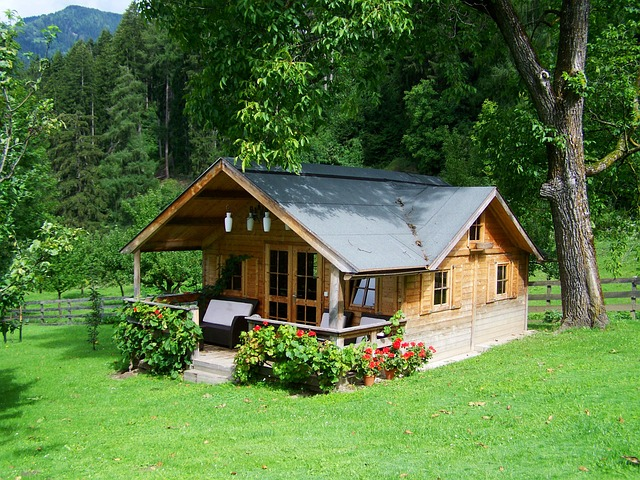
Tiny houses have a lot of benefits for the aging population aside from making their life easier. People nowadays are looking more at this idea and rightfully so. Here are some advantages of living in a tiny home for the elderly.
- It provides the best quality in terms of accessibility
- Living in a tiny home is low-maintenance
- It provides financial freedom as it cost less
- It encourages sustainable living
There are communities that offer tiny homes for the older generation which allows them to interact and socialize with other people of the same age range and stage in life. Because of these, they are also given the chance to improve their sense of community.
Read Also: Small House Renovation Ideas
The elderly deserve to live comfortable and safer life. As homeowners, it is your duty to provide them with adequate lighting and the necessary modifications and adjustments that would make everything easier for them.
Bria Homes is a leading real estate developer in the Philippines that offers affordable house and lot properties all throughout the country. These properties are designed to give the best comfort to everybody including the elderly. The Bria communities are also situated in places that provide the tranquility that they need but are still adjacent to establishments to make everyone’s life easier. The Bria Homes website has a lot of features that will help you be one step closer to the house and lot property of your dreams.
Written by Rashid M.


